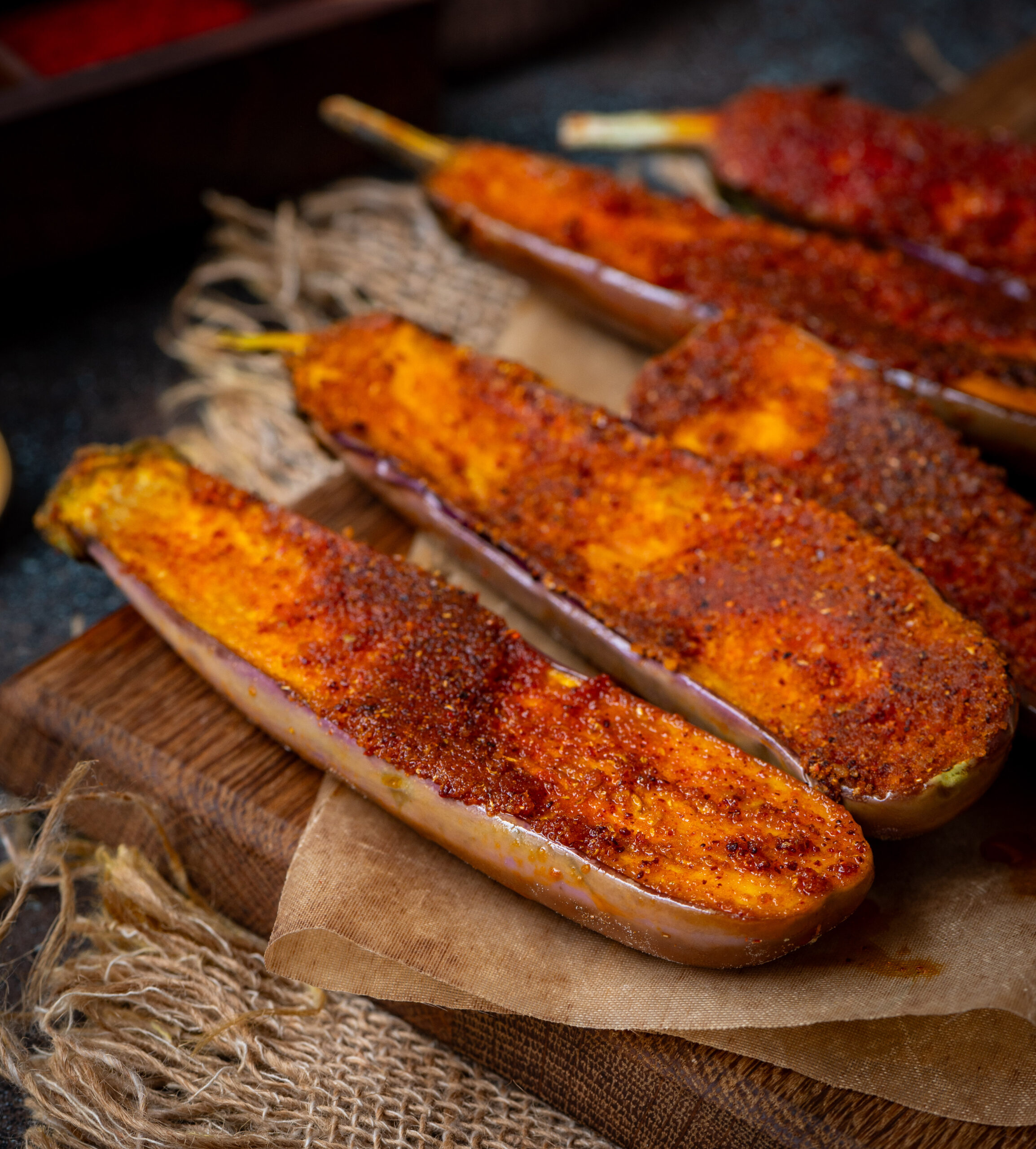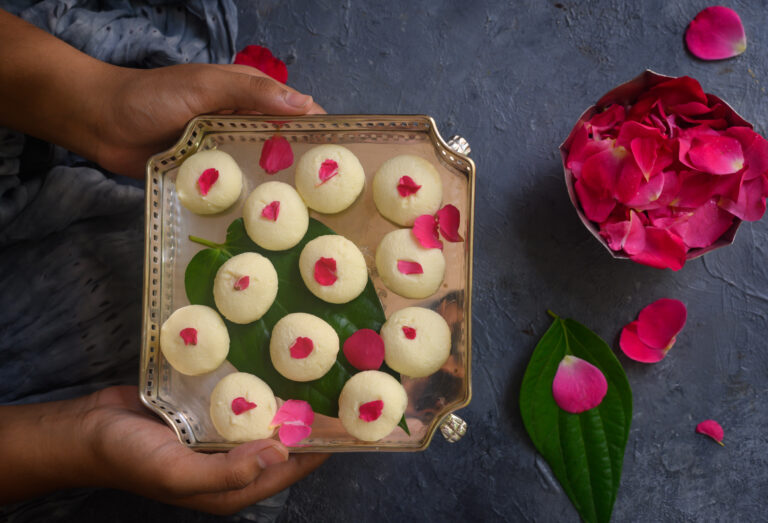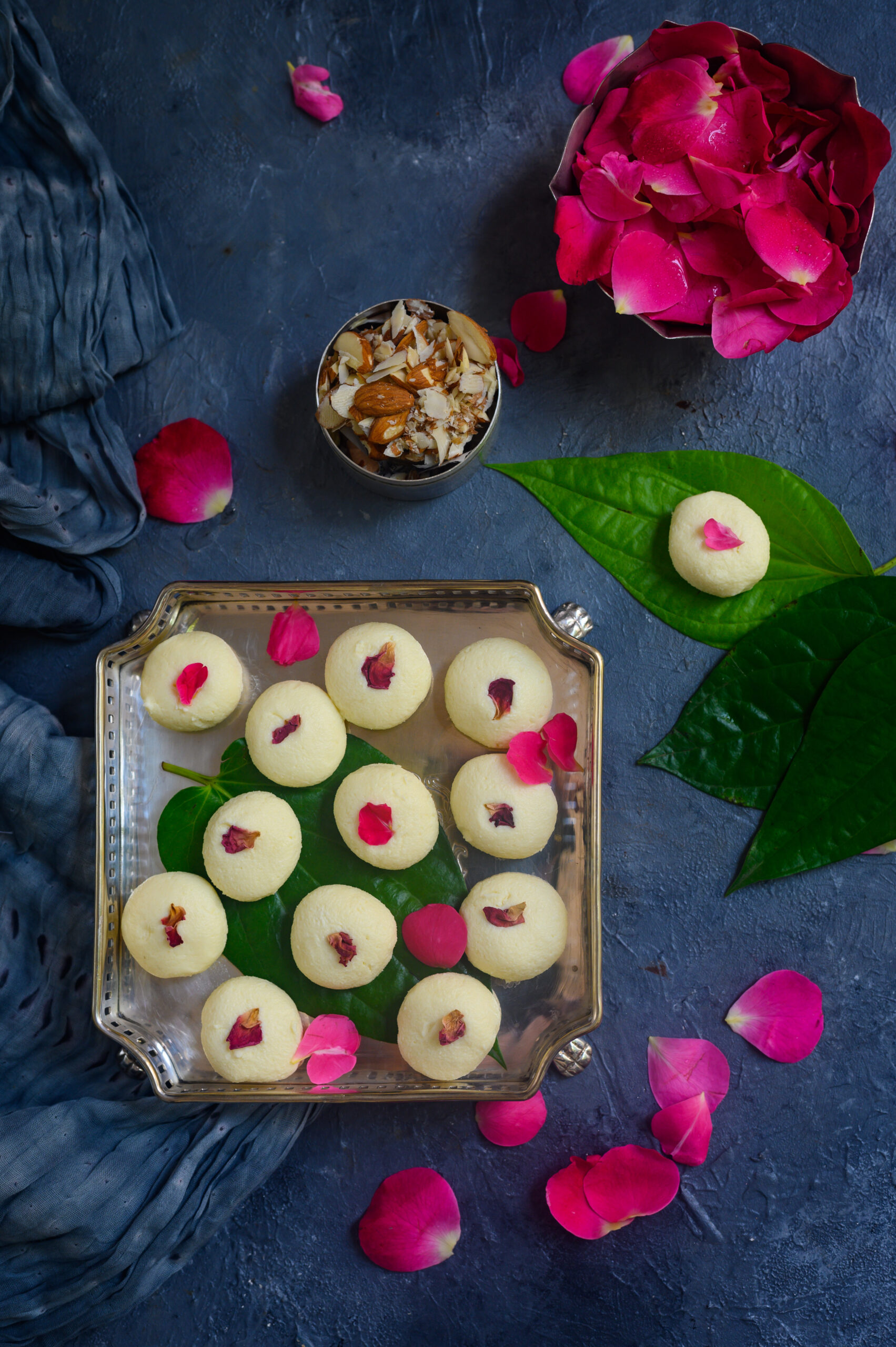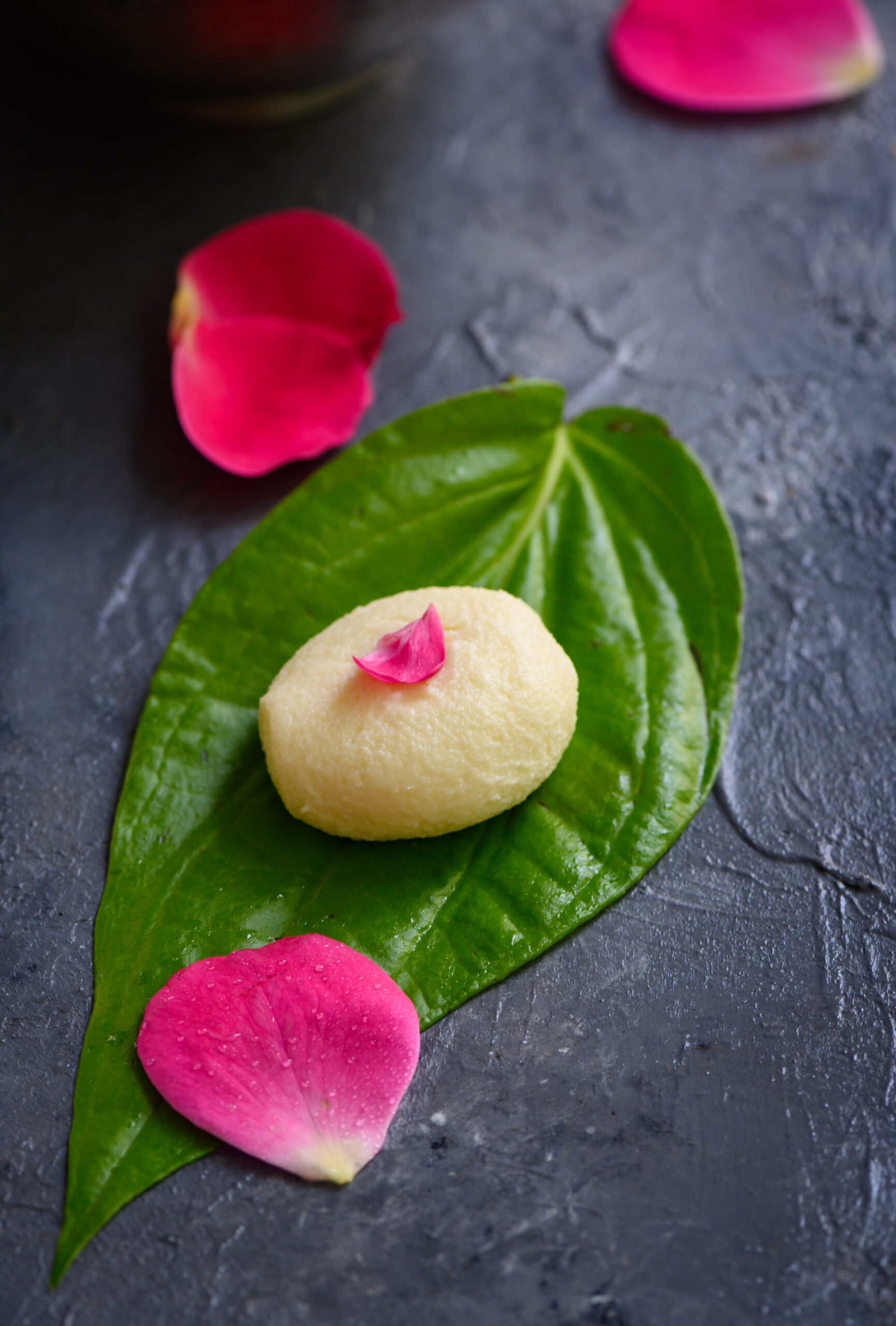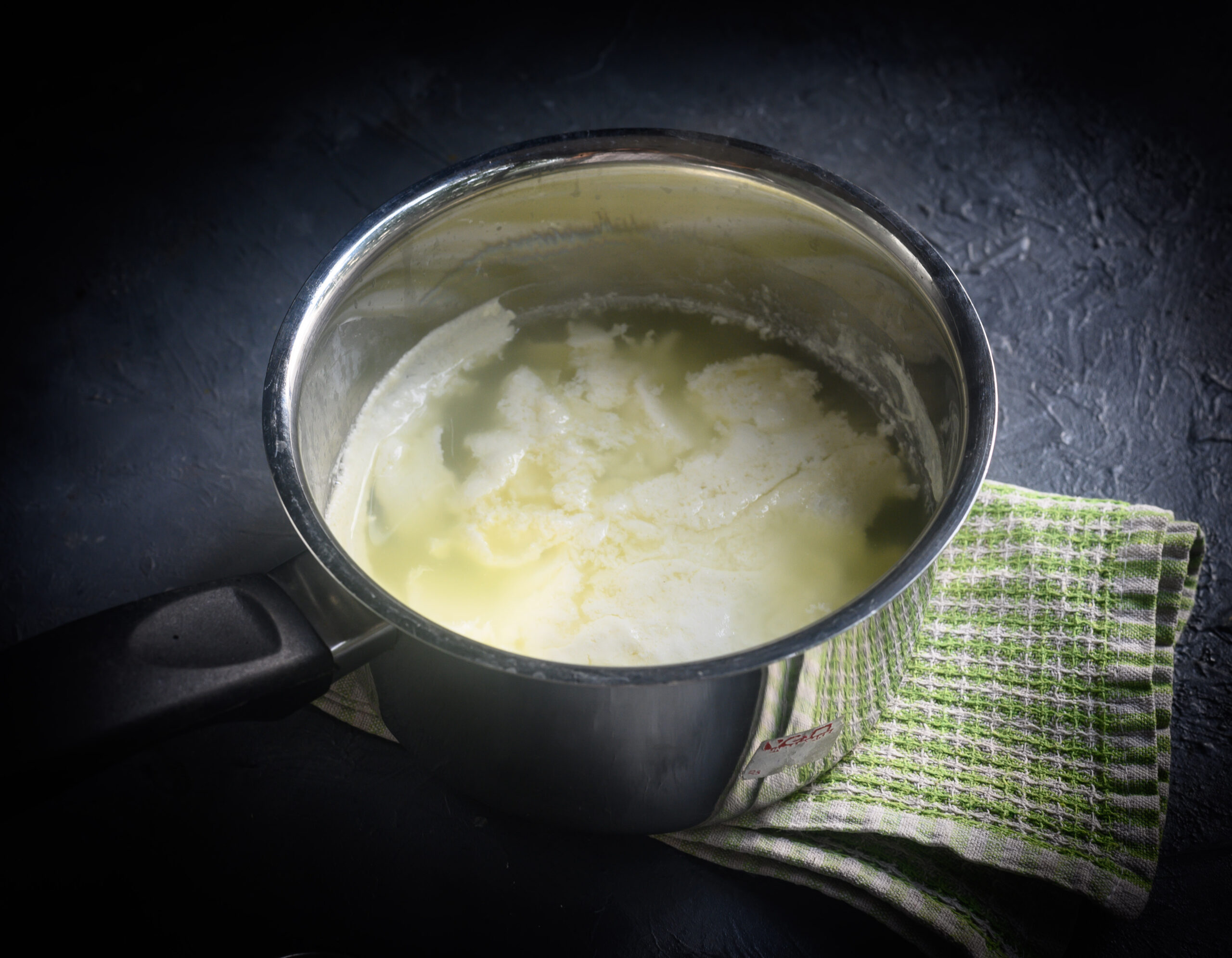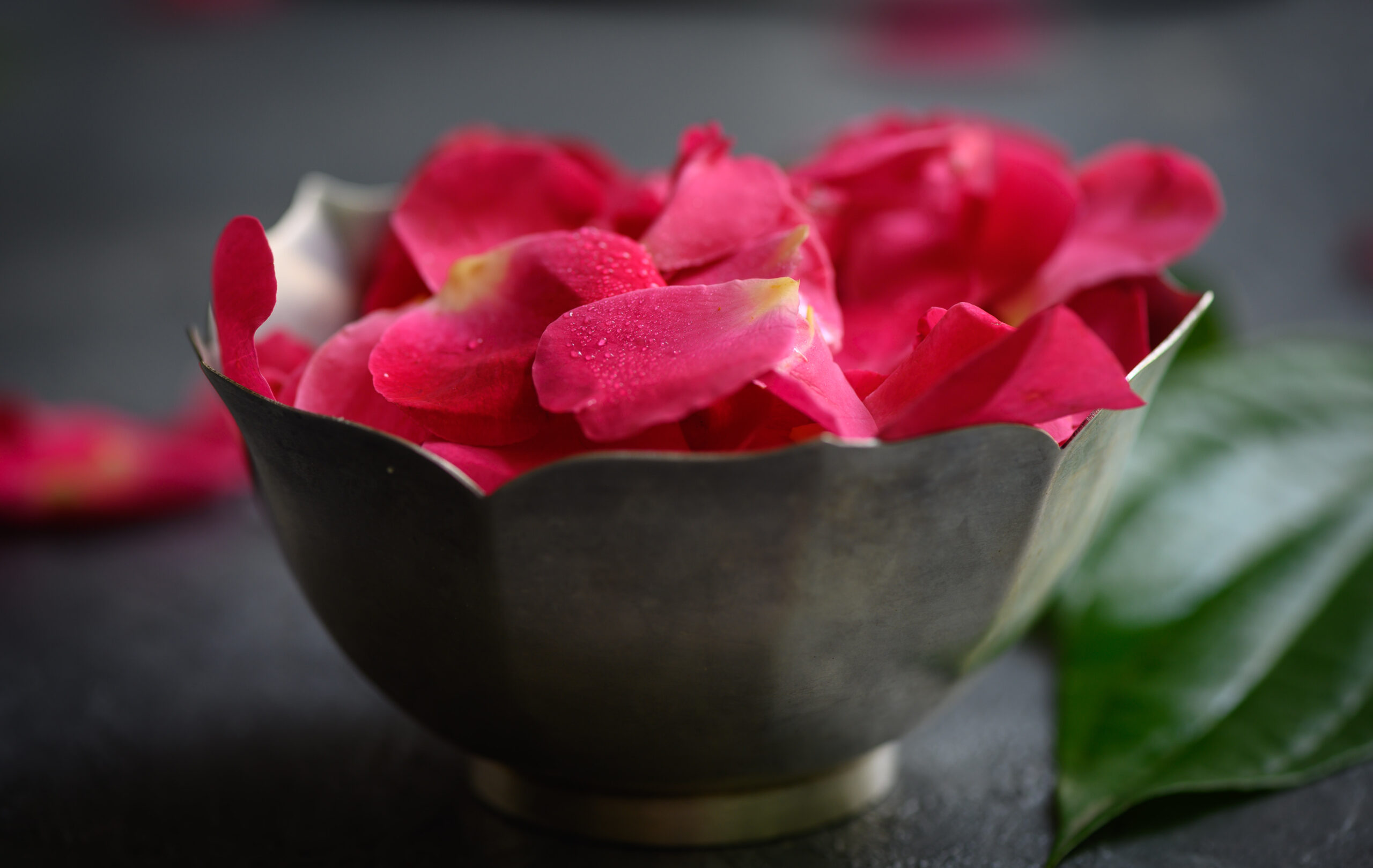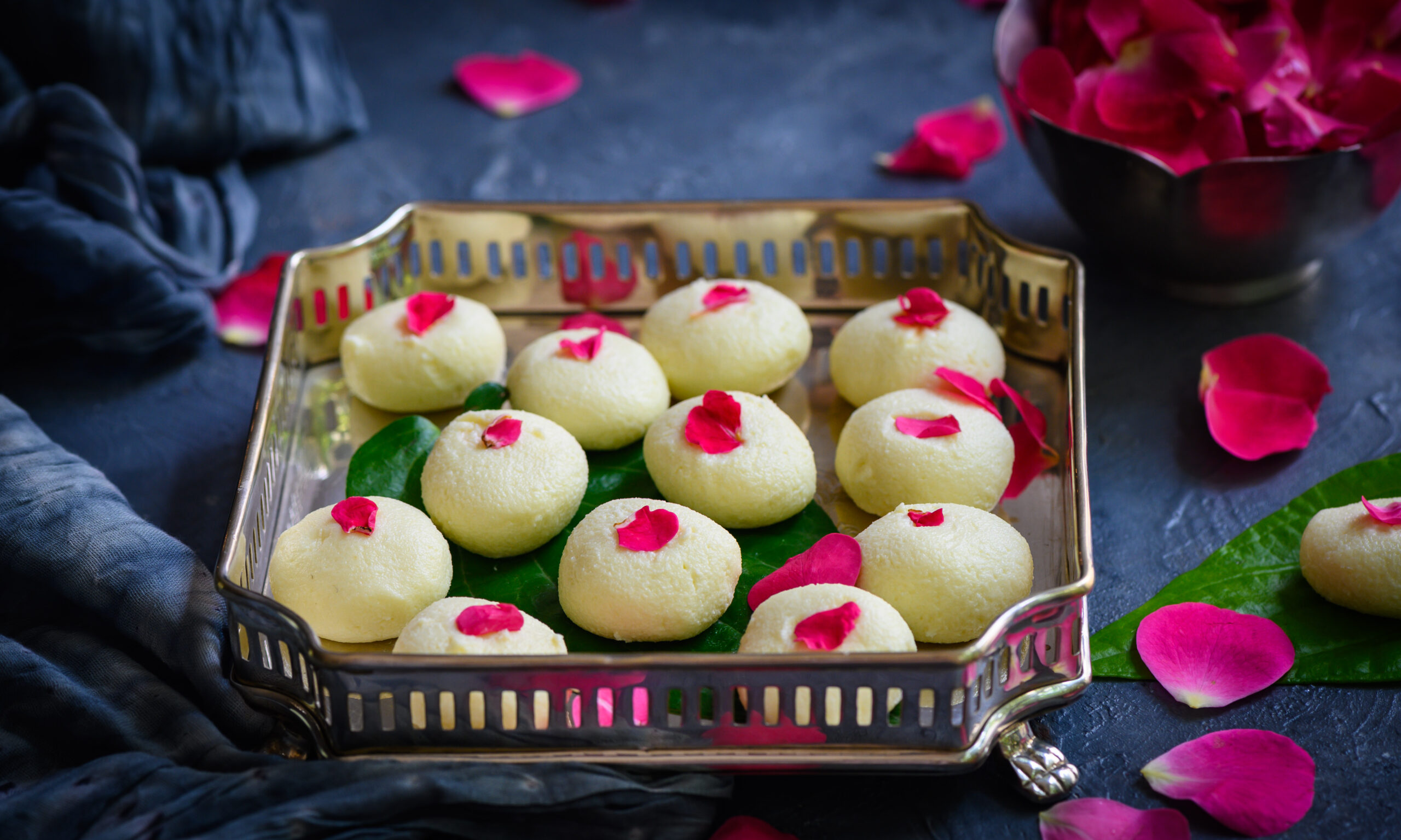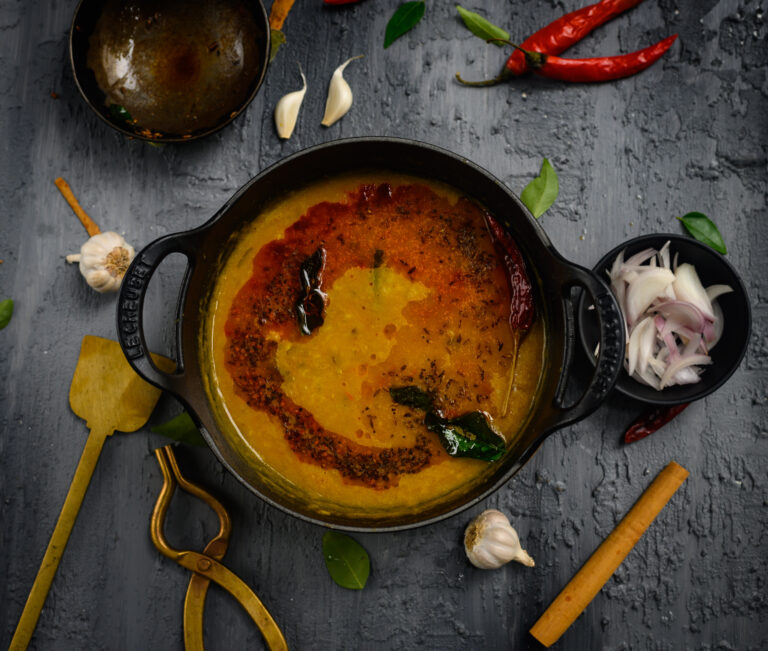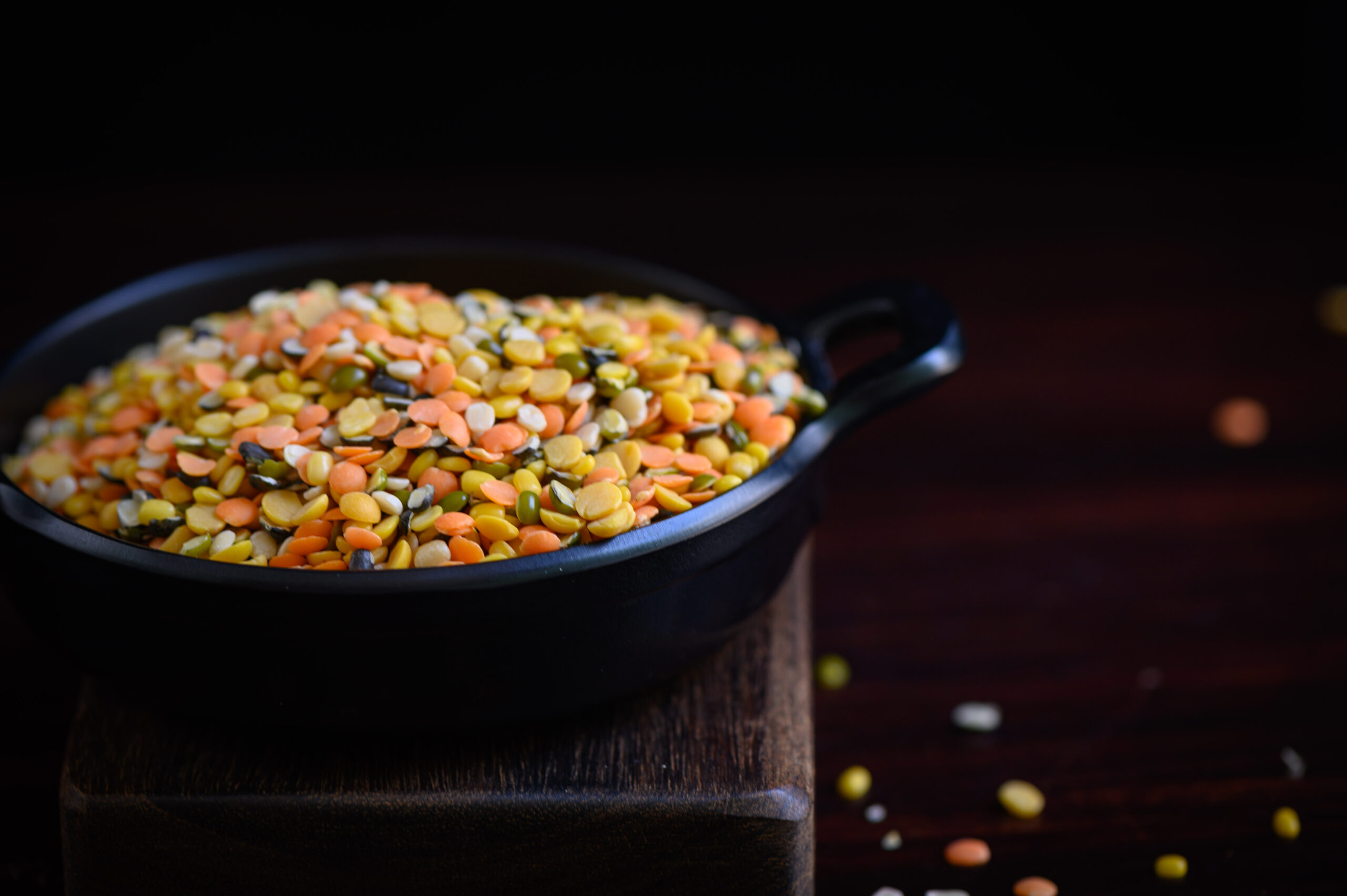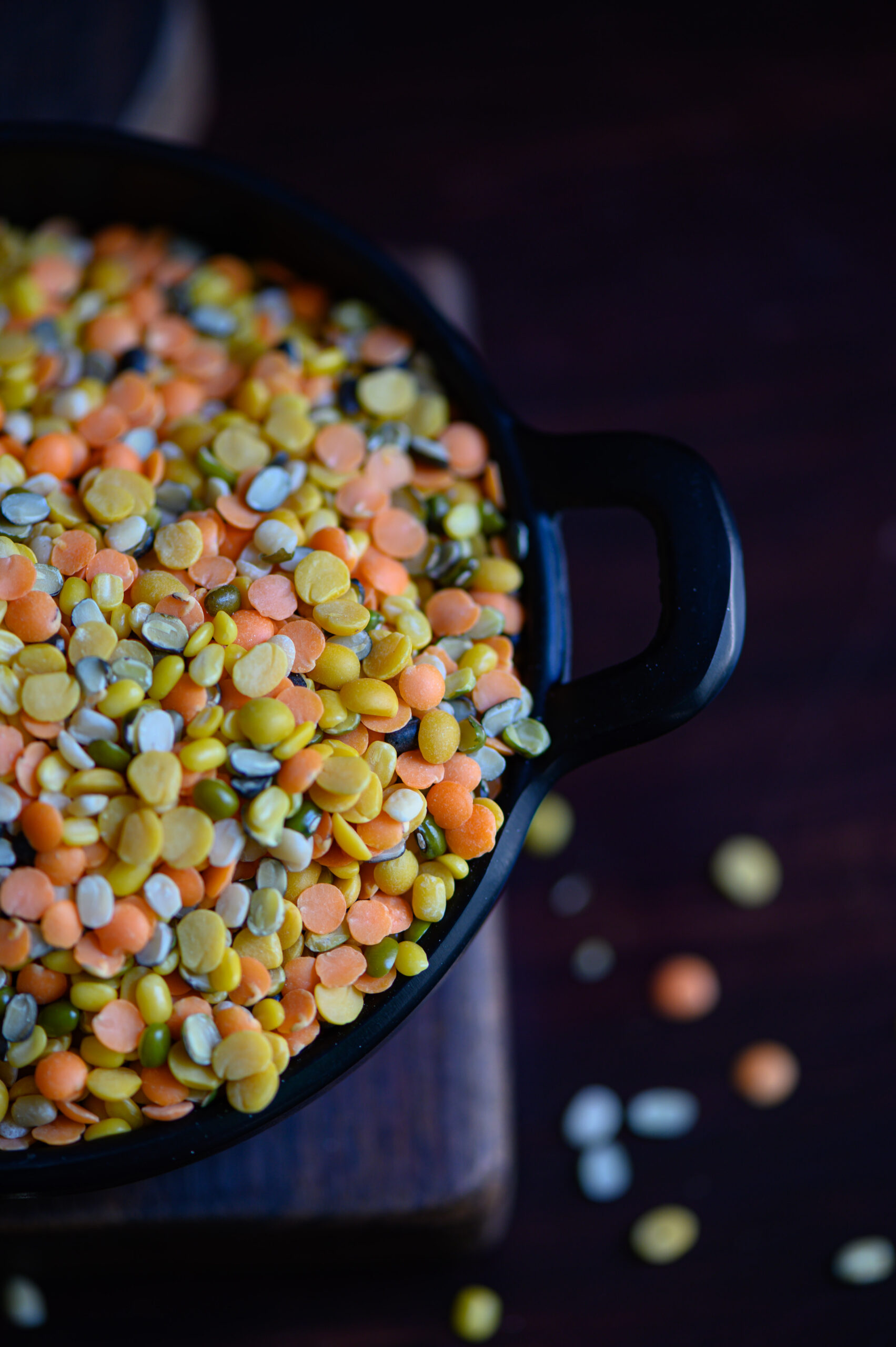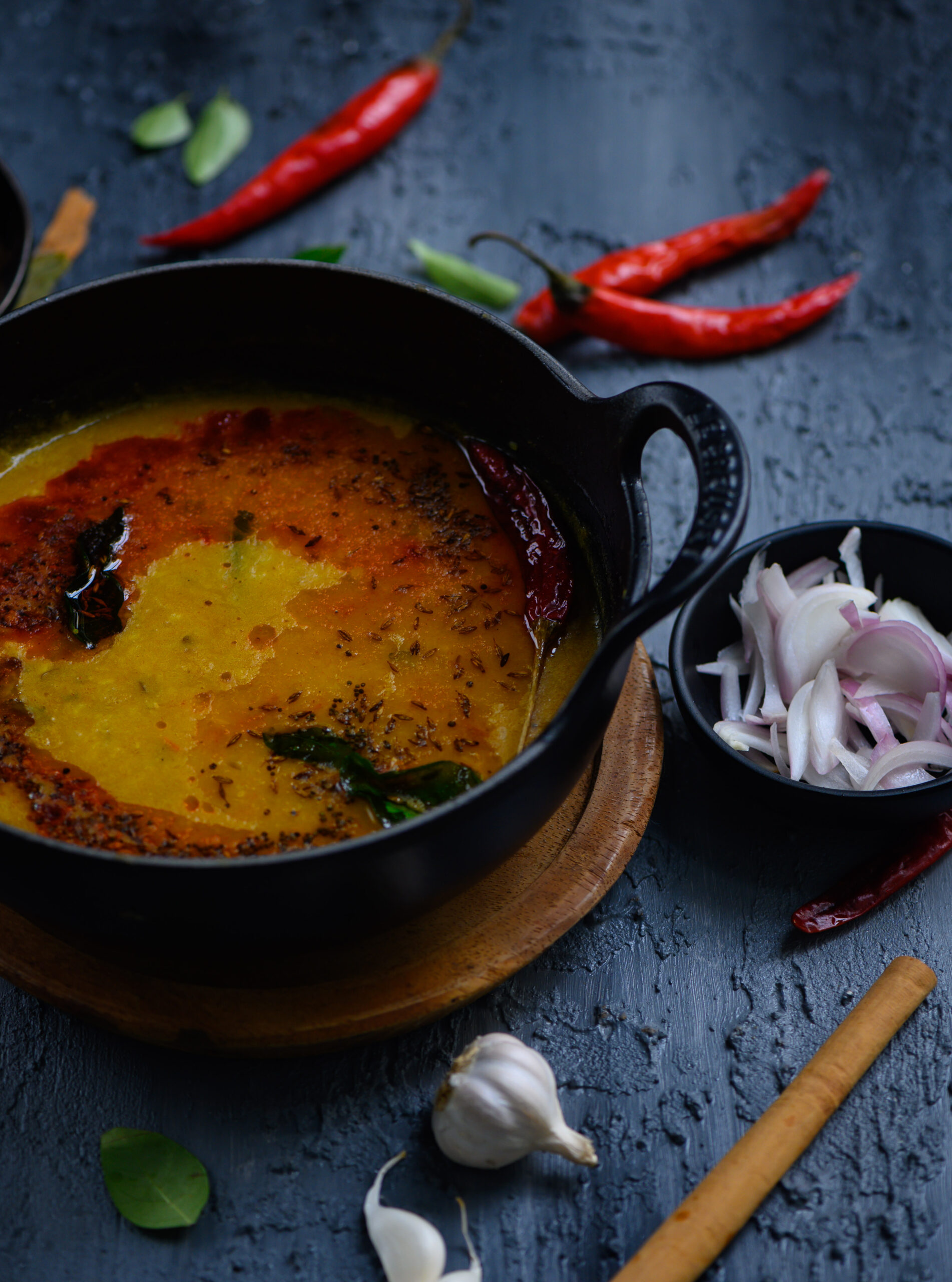I think of begun bhajan, a crisp eggplant side dish, as being pan-Indian even though I know that it originated in Bengal. That’s because I have often encountered some version of it in South Indian meals as well. My own preparation uses long eggplants, typical of this region, rather than the big round ones that are used in authentic Bengali cooking. I love slicing and spicing the vegetable up to give a kick to a boring summer meal, when the heat makes us all feel more drained and something delicious and energising is always craved.
As a student of Macrobiotics several years ago, I learned early on that eggplant is a nightshade, and therefore only to be consumed in small quantities. The ubiquitous tomato is one too, by the way. My training remains in my mind in numerous ways, because of which I still find myself using eggplants only occasionally. Perhaps that’s why I find begun bhajan all the more exciting, since moderation is recommended. I’ve tried my hand at an eggplant parmesan before as well, and will share the recipe for that sometime too.
I also have a strong preference for consuming greens, so eggplants don’t feature that often in my market shopping anyway. That said, the vegetable is quite nutritious, as it is rich in antioxidants and low on carbohydrates.
In fact, I think that begun bhajan is a healthy alternative to dhoklas, which are commonly eaten in Gujarati households like mine as a tasty accompaniment. Of course, mangoes do the same job in this weather, but believe me when I say that begun bhajan is also a great pep-me-up. Or better yet, why believe me, when you can make some yourself?
My own journey with begun bhajan began in Kolkata, at the home of a friend who always has me over for a typically Bengali meal whenever I visit the city. After the first time I tried this dish, I began making a special request for it ahead of our meetings. She keeps saying that there is such a variety of other dishes she could prepare, but this is the one that I just keep asking for. My begun bhajan is not a patch on hers, but still I make it – more so because it always evokes memories of being with her in her lovely home, full of the art she collects, and with my friend herself always so well turned out in crisp sarees. Food is a complete experience. It’s never just what you’re eating, but also who you’re with, the space you’re in, the way it’s served. I hope this begun bhajan brings you much enjoyment too.
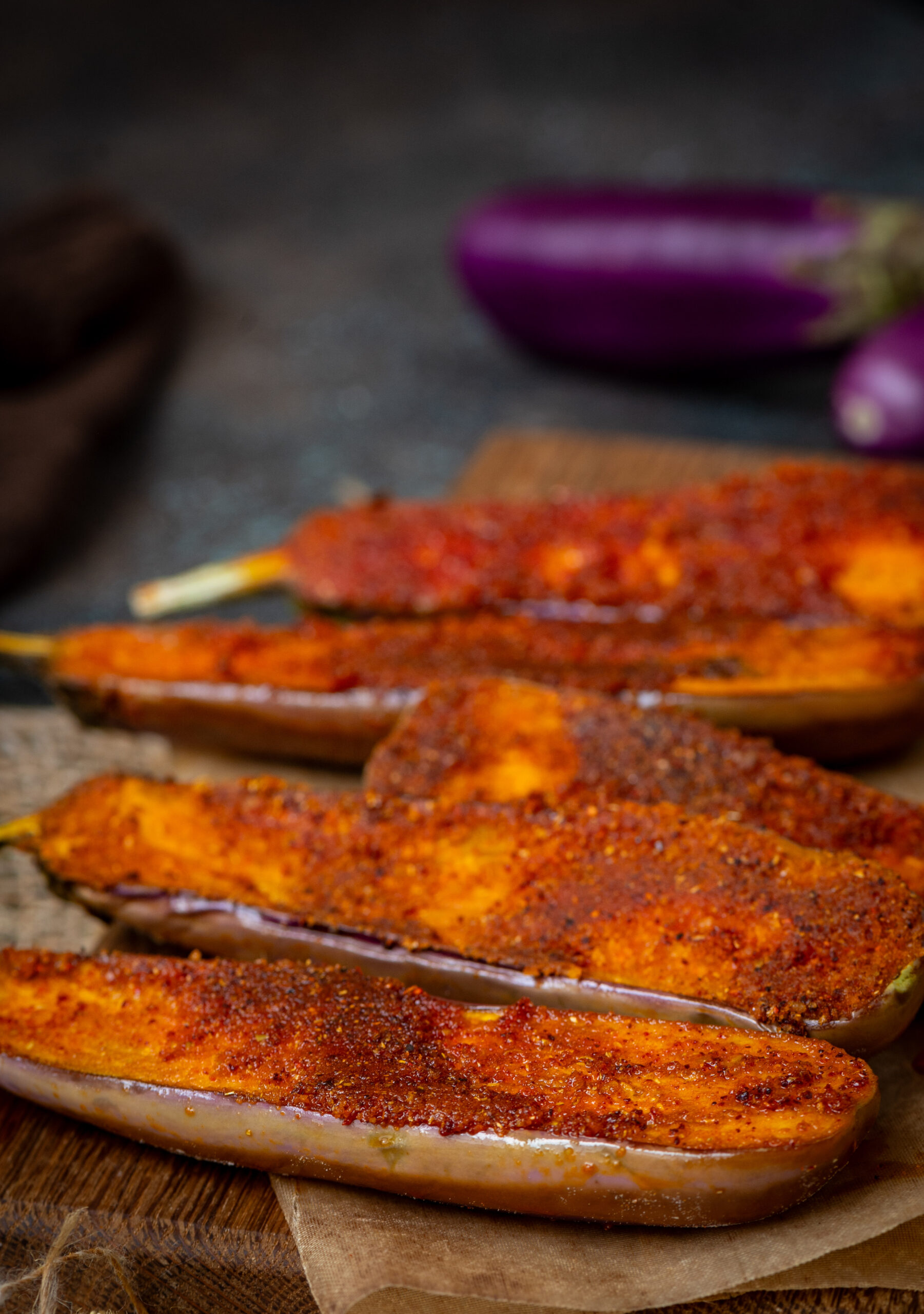
Begun Bhajan
(Serves: 4)
1 large eggplant
Salt to taste
1 teaspoon chili powder
½ teaspoon turmeric
1 teaspoon toasted cumin powder
1 tablespoon rice flour
½ teaspoon sugar
1-2 tablespoons mustard oil
Rinse and slice the eggplant. If making circular slices, each slice should be about 1 inch thick. I have used long eggplants, so I’ve sliced them lengthwise, as you can see in the images.
Mix all the spices, along with the rice flour, sugar and sugar. Sprinkle this mixture onto a plate. Place the eggplant slices over the mixture. Rub the mixture in well on both sides of each slice, using your fingers to spread the spices evenly.
Allow the spices to marinate for at least half an hour. The reason why I have added a bit of sugar to this is because it caramelises and gives the dish a nice colour. I also feel that it prevents the eggplant from becoming soft and soggy.
Once the slices have marinated, heat the oil in a shallow pan. Place the slices such that there is enough space to flip them over.
Allow to cook until they are golden and crisp on one side. Turn them over and allow to cook again.
Once they are golden on both sides, remove onto a paper and drain any excess oil.
Serve hot as an accompaniment to your usual Indian meal. This begun bhajan goes beautifully with dal and rice. By the way, if you are a pescatarian, you can use the same preparation method above for fish. You can also try the spice marination out with a variety of vegetables, including parboiled potatoes and cauliflower.
